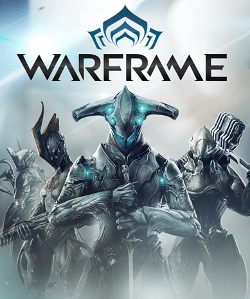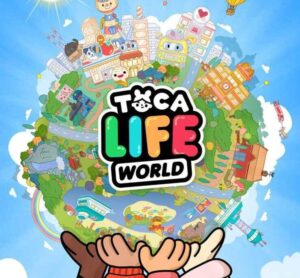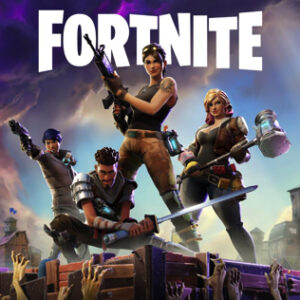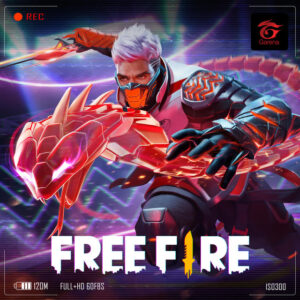An Unprecedented Drop: Suicide Squad: Kill the Justice League Hits Its Lowest Price Yet
Popular Now
 FIFA 23
FIFA 23
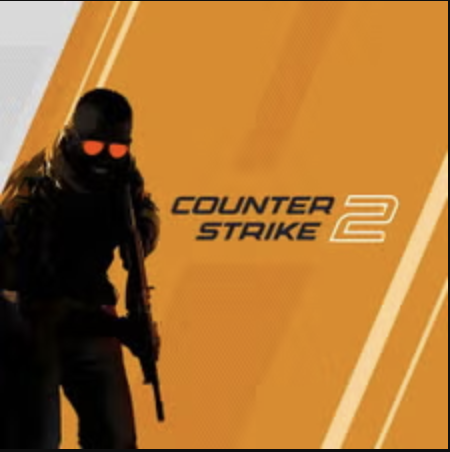 Counter-Strike 2
Counter-Strike 2
 PUBG Mobile
PUBG Mobile
 Schedule I
Schedule I
 R.E.P.O
R.E.P.O
 God of War Ragnarök
God of War Ragnarök
 Auto X Drift Racing 3
Auto X Drift Racing 3
 Fall Guys
Fall Guys
 Free Fire
Free Fire
 Poppy Playtime
Poppy Playtime
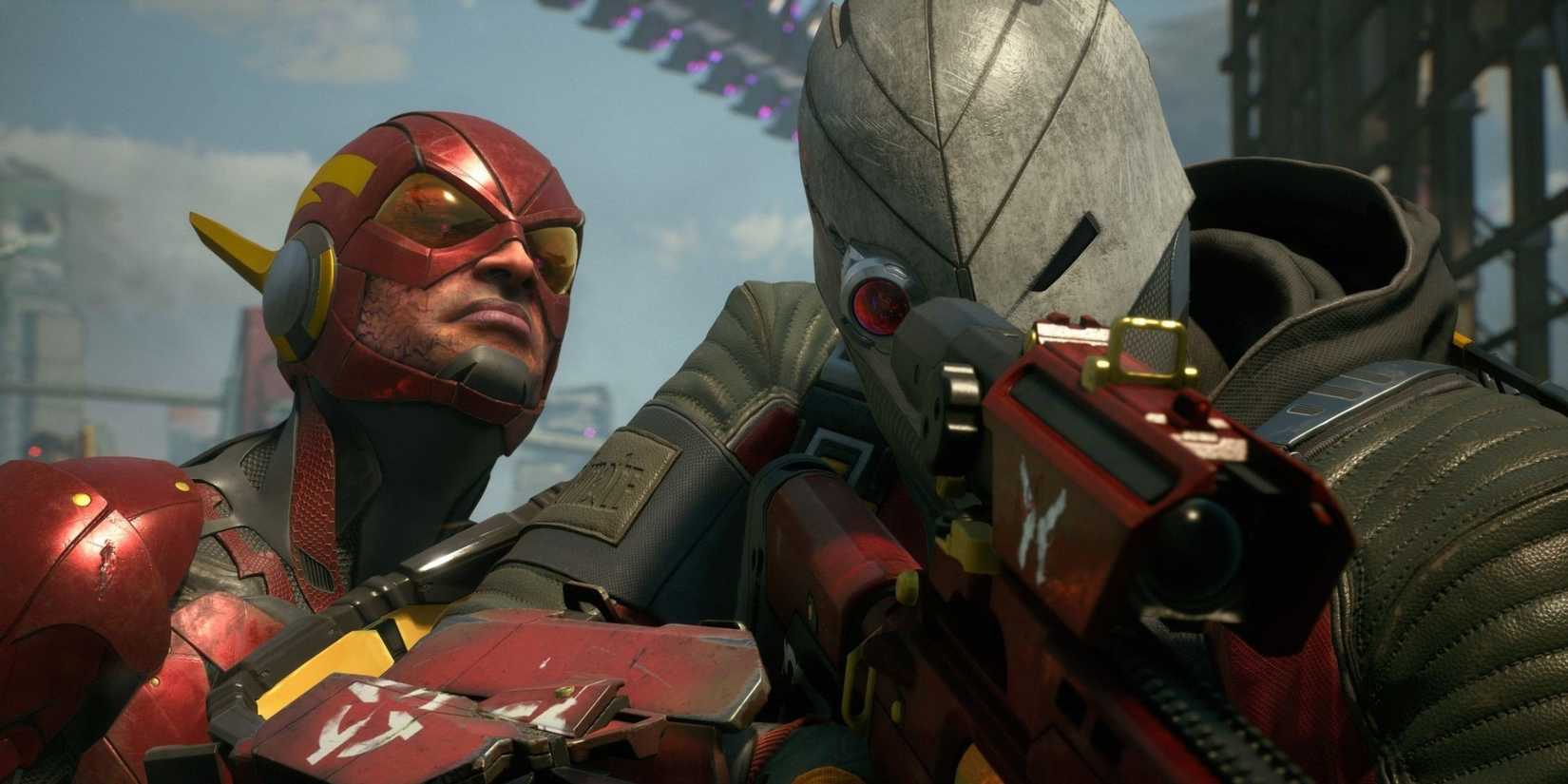 In a move that serves as a sobering post-mortem for a highly-anticipated title, Rocksteady Studios’ Suicide Squad: Kill the Justice League has plummeted to its lowest price ever, less than a year after its initial launch. For a game that was meant to be a flagship AAA title and a continuation of the acclaimed Batman: Arkham series, this drastic price cut is a clear signal of its commercial struggles. The game, which debuted with a hefty $70 price tag, is now available on some digital storefronts for less than $5, a price point that has sparked widespread discussion among the gaming community. This article will analyze the reasons behind this historic price drop, the game’s critical reception, and what this development means for the future of live-service gaming. This is a crucial piece of gaming news for anyone following the recent trends and challenges in the industry.
In a move that serves as a sobering post-mortem for a highly-anticipated title, Rocksteady Studios’ Suicide Squad: Kill the Justice League has plummeted to its lowest price ever, less than a year after its initial launch. For a game that was meant to be a flagship AAA title and a continuation of the acclaimed Batman: Arkham series, this drastic price cut is a clear signal of its commercial struggles. The game, which debuted with a hefty $70 price tag, is now available on some digital storefronts for less than $5, a price point that has sparked widespread discussion among the gaming community. This article will analyze the reasons behind this historic price drop, the game’s critical reception, and what this development means for the future of live-service gaming. This is a crucial piece of gaming news for anyone following the recent trends and challenges in the industry.
The Steep Decline: A Timeline of a Price Collapse
Since its release in early 2024, Suicide Squad: Kill the Justice League has been in a constant state of price deflation. Initially, the game saw modest discounts, but as its live-service model struggled to retain a consistent player base, the price drops became more frequent and severe. The current lowest price, as low as $2.96 on some key reseller sites, represents a discount of over 95% from its original retail price. This rapid devaluation is almost unprecedented for a major, recently-released title from a developer with Rocksteady’s reputation. It has now reached a point where it is cheaper than a cheeseburger in many parts of the world, making it an irresistible, albeit grim, bargain for curious gamers.
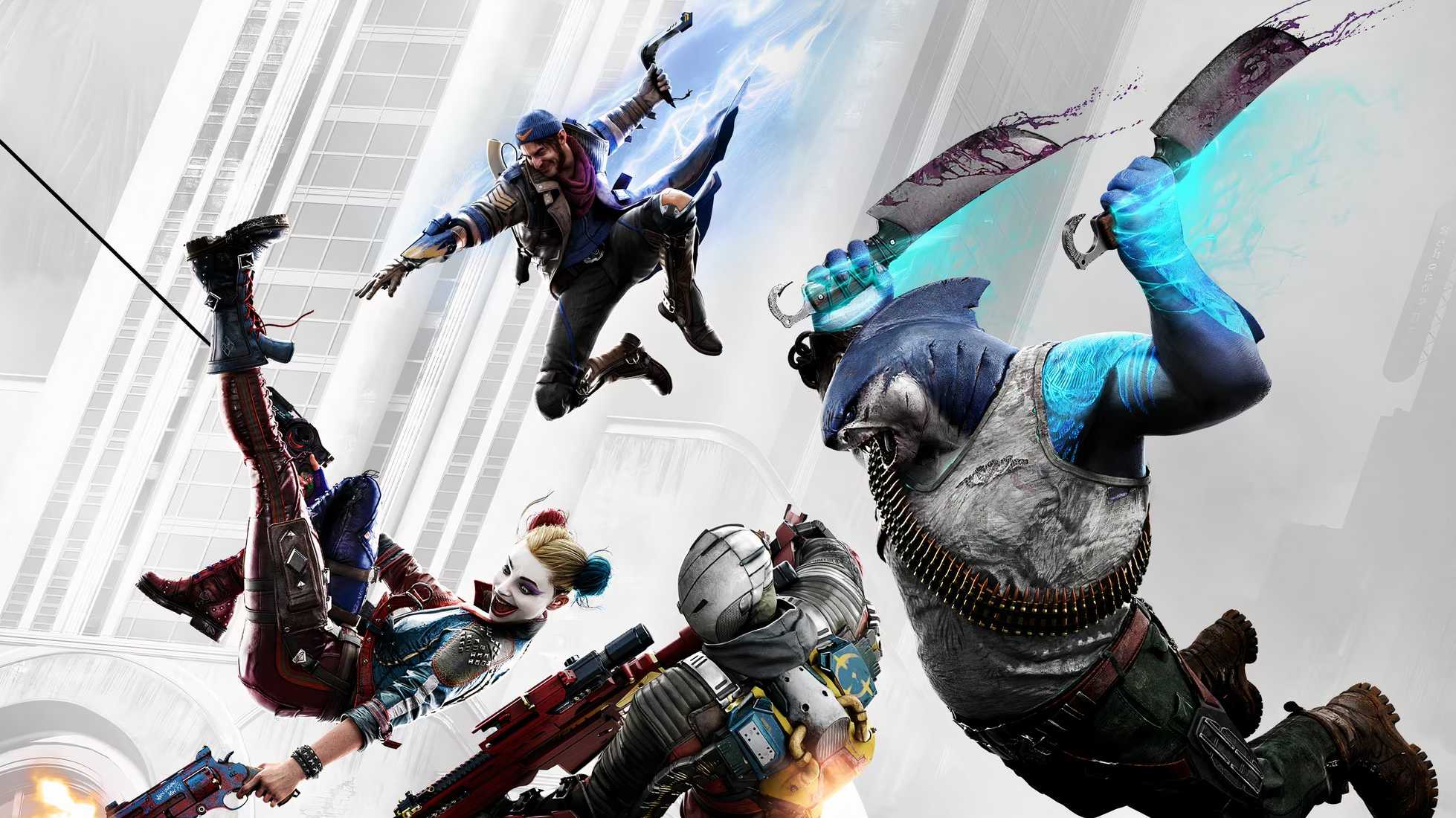 The reasons for this commercial failure are multifaceted. The game’s live-service model, with its focus on a repetitive loot-shooter grind, was met with a lukewarm reception from critics and fans. While the core combat and traversal mechanics were praised for being fast-paced and fluid, the repetitive mission design and shallow endgame loop failed to keep players engaged. This was a stark contrast to the rich, single-player narrative experiences of the Arkham series, leading to significant disappointment among long-time fans of the developer’s work. Furthermore, the game’s story, which sees the titular squad killing iconic members of the Justice League, was a point of contention for many DC Comics enthusiasts.
The reasons for this commercial failure are multifaceted. The game’s live-service model, with its focus on a repetitive loot-shooter grind, was met with a lukewarm reception from critics and fans. While the core combat and traversal mechanics were praised for being fast-paced and fluid, the repetitive mission design and shallow endgame loop failed to keep players engaged. This was a stark contrast to the rich, single-player narrative experiences of the Arkham series, leading to significant disappointment among long-time fans of the developer’s work. Furthermore, the game’s story, which sees the titular squad killing iconic members of the Justice League, was a point of contention for many DC Comics enthusiasts.
- Critical and Commercial Underperformance: The game received “mixed or average” reviews from critics on Metacritic, and its user scores were “generally unfavorable.” This poor reception, combined with reports of low player counts on PC and consoles, meant the game struggled to generate the kind of revenue needed to sustain a live-service model.
- Content Deficiencies: Many reviews highlighted the lack of variety in the game’s missions and enemies. The grind of repeating the same handful of objective types became tedious for many players, leading to a significant drop-off in the player base shortly after launch.
- End of Support: The final nail in the coffin came with the announcement that the game’s live-service content would be ending in January 2025 with its last update. This news immediately triggered the most aggressive price drops, as digital storefronts and retailers moved to clear their inventory of a game with no future content.
A Cautionary Tale for the Industry
The case of Suicide Squad: Kill the Justice League is a cautionary tale for the gaming industry. It highlights the immense risks associated with the live-service model, especially when applied to a beloved single-player franchise. The game’s failure demonstrates that a strong IP and a respected developer are not enough to guarantee success. Players are becoming increasingly discerning about which live-service games they invest their time and money into, and if the core gameplay loop and content offering are not compelling, they will move on quickly.
For gamers, this historic price drop presents an interesting dilemma. On one hand, it’s an opportunity to experience a high-budget superhero game for an incredibly low price. The single-player campaign is widely considered to be the strongest part of the package, with solid voice acting and a visually impressive world. On the other hand, purchasing a game that has been officially abandoned by its developer, with no future content planned, feels like a risky investment. While an offline mode has been added, the game’s fundamental design is still tied to the live-service model, which may feel hollow without the promise of future seasons and content.
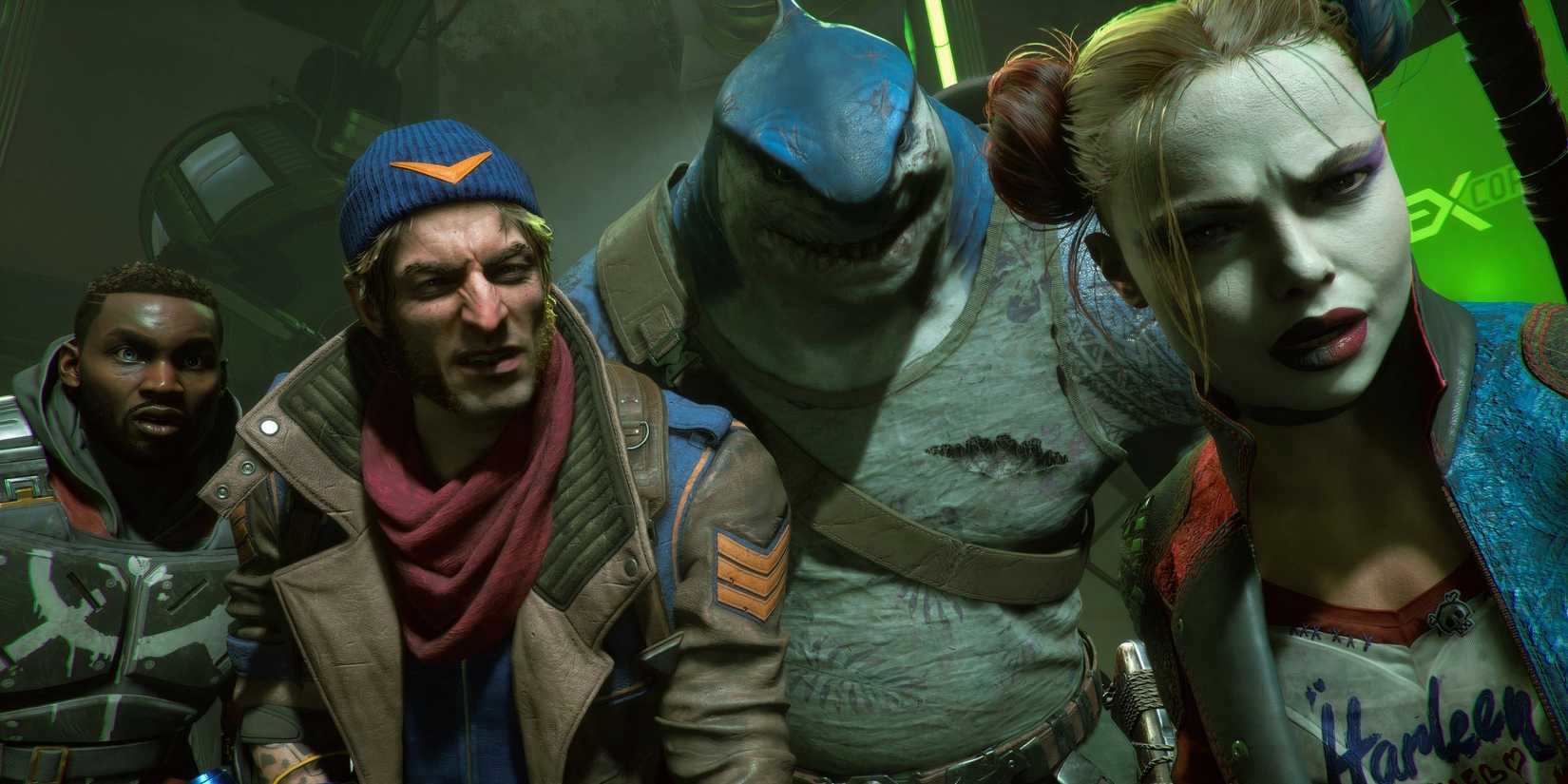 In conclusion, the price drop of Suicide Squad: Kill the Justice League is more than just a sale; it’s a reflection of the difficult state of the game and the challenges facing developers in the current market. While the game may be a great bargain for those who just want to experience the story and gameplay, it also serves as a stark reminder that even the biggest names in the industry can falter when trying to force a square peg into a round hole. For Rocksteady, this failure marks a significant setback, but it also provides a valuable lesson for their next project: a return to their strengths, a focus on single-player narrative, may be the best way forward.
In conclusion, the price drop of Suicide Squad: Kill the Justice League is more than just a sale; it’s a reflection of the difficult state of the game and the challenges facing developers in the current market. While the game may be a great bargain for those who just want to experience the story and gameplay, it also serves as a stark reminder that even the biggest names in the industry can falter when trying to force a square peg into a round hole. For Rocksteady, this failure marks a significant setback, but it also provides a valuable lesson for their next project: a return to their strengths, a focus on single-player narrative, may be the best way forward.
